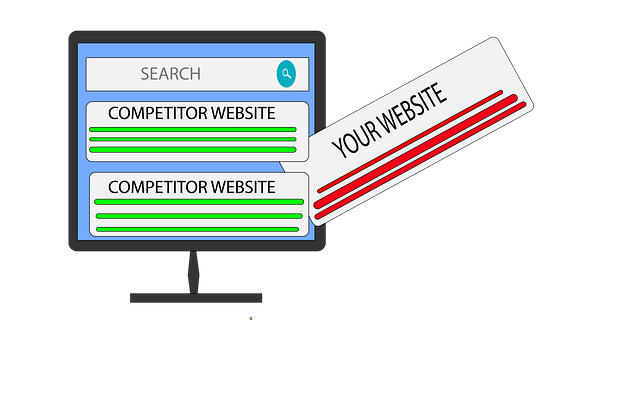An AI chatbot specifically designed for e-commerce has been shown to significantly enhance customer engagement and satisfaction. This advanced chatbot leverages natural language processing and machine learning algorithms to provide personalized shopping assistance, answer queries promptly, and offer product recommendations that align with user preferences. By integrating this technology into e-commerce platforms, businesses can automate customer service, reduce response times, and facilitate a smoother, more efficient shopping experience. The chatbot's ability to learn from interactions continuously improves its performance, ensuring that it becomes increasingly effective over time. This results in higher conversion rates, improved customer loyalty, and a stronger competitive edge for e-commerce ventures adopting such AI solutions.
- Understanding the Components of an AI Chatbot for E-Commerce
- Step-by-Step Guide to Developing a Scripted AI Chatbot for Online Shopping
- Best Practices and Tips for Implementing and Optimizing Your E-Commerce AI Chatbot
Understanding the Components of an AI Chatbot for E-Commerce

Crafting an effective AI chatbot for e-commerce involves integrating several sophisticated components that work in harmony to simulate human-like conversation and assist customers seamlessly. Central to this endeavor is the Natural Language Processing (NLP) engine, which interprets user input and translates it into a format that the chatbot can understand and respond to appropriately. This component relies on machine learning algorithms trained on vast datasets to recognize intent and extract entities from the text, enabling the chatbot to handle a wide range of queries related to product information, order tracking, and customer support.
Another critical aspect is the integration with e-commerce platforms, which allows the chatbot to access real-time inventory data, pricing, and user account information. This ensures that the chatbot can provide accurate responses regarding product availability, prices, and personalized recommendations based on the user’s purchase history or browsing behavior. Additionally, the chatbot must be equipped with a decision-making system capable of guiding users through the sales funnel, from initial inquiry to successful transaction, all while maintaining a conversational tone that aligns with the brand’s voice and customer service standards. Implementing these components effectively is key to creating an AI chatbot for e-commerce that not only enhances user experience but also drives sales and fosters customer loyalty.
Step-by-Step Guide to Developing a Scripted AI Chatbot for Online Shopping

Best Practices and Tips for Implementing and Optimizing Your E-Commerce AI Chatbot

In crafting a scripted AI chatbot for e-commerce, it’s crucial to understand the intricate components that drive successful customer interactions. This article has outlined the fundamental elements of an AI chatbot and provided a comprehensive step-by-step guide to its development. By following best practices in implementation and optimization, businesses can harness the power of AI to enhance their online shopping experience. A well-designed chatbot not only automates responses but also offers personalized assistance that can lead to increased customer satisfaction and sales. For e-commerce ventures aiming to integrate AI technology into their operations, a scripted AI chatbot is an invaluable tool that can transform the way consumers shop online. Embrace this technological advancement to stay competitive and provide seamless support to your customers.
